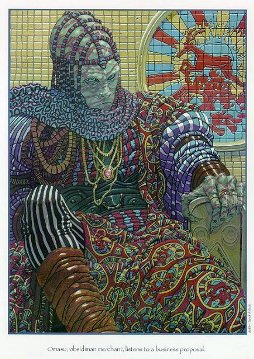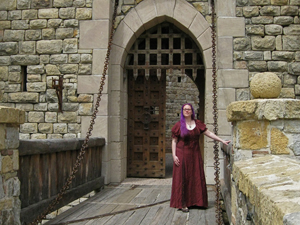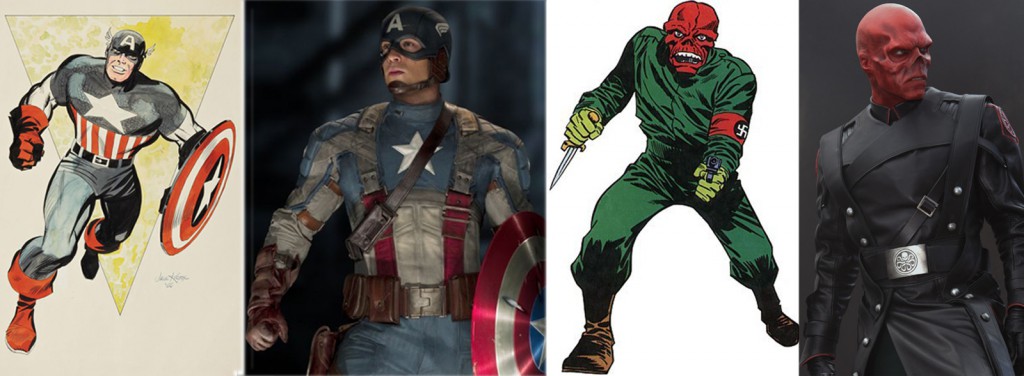Broadly Speaking Interviews C.S.E. Cooney
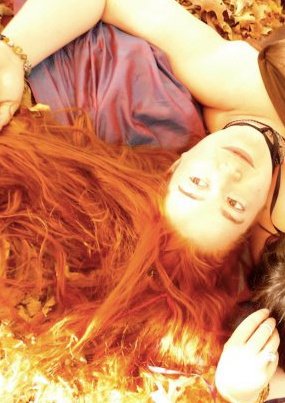 Broadly Speaking, the podcast about the adventures of women writing science fiction, fantasy, horror, has interviewed Black Gate website editor C.S.E. Cooney.
Broadly Speaking, the podcast about the adventures of women writing science fiction, fantasy, horror, has interviewed Black Gate website editor C.S.E. Cooney.
For their July episode Broadly Speaking host Julia Rios interviewed C.S.E. Cooney, Gwynne Garfinkle, and Mary Robinette Kowal (sort of) on the ins and outs of writing humor.
Here’s C.S.E. on Pride and Prejudice and Zombies:
The thing is, I love Jane Austen… I found it delightful to have Elizabeth Bennet wanting to cut off people’s heads when they threatened her honor. I liked the whole thing between samurais and ninjas. I liked that the Bennet sisters fought back-to-back at the Netherfield ball… I do think that there is something exquisitely funny in having girls in dresses with swords. It speaks to my inner She-ra, Princess of Power.
C.S.E. Cooney is the author of Jack o’ the Hills and The Big Bah-Ha. Her poem “The Sea King’s Second Bride” won the Rhysling award for long form poetry. Gwynne Garfinkle’s short stories and poems have appeared in The Wiscon Chronicles, Volume 4, Chicken Soup for the Soul: Teens Talk Growing Up, and No Body’s Perfect. Mary Robinette Kowal won the Campbell Award for Best New Writer in 2008, her latest fantasy novel is Shades of Milk and Honey.
The complete podcast is roughly 39 minutes; you can find it here. And you can find C.S.E. Cooney’s behind-the-scenes article on the interview (including how she managed to channel Mary Robinette Kowal) right here at Black Gate.
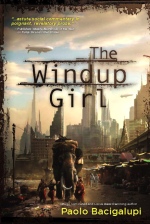
 Last week in
Last week in The Odyssey stands alongside Gilgamesh as perhaps the earliest Western examples of fantasy literature.
The Odyssey stands alongside Gilgamesh as perhaps the earliest Western examples of fantasy literature.  So everyone’s crying about the
So everyone’s crying about the 
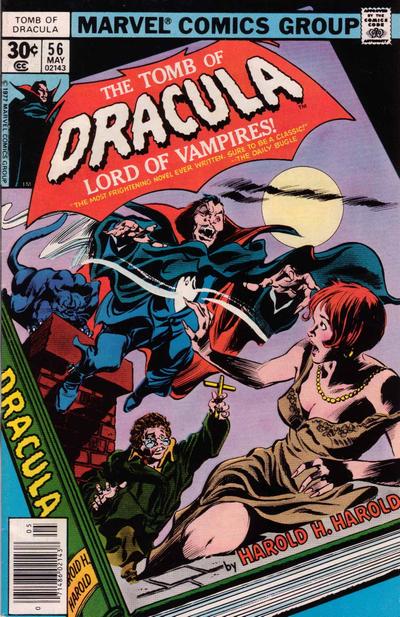 #56, “The Vampire Conspiracy” is the title of Harold’s fictionalized account of his encounters with Dracula. This is really just a humorous filler issue which neatly summarizes the Boston-based storyline thus far and wrings some humor out of the contrast between Harold’s narration (where he depicts himself as capable, heroic, and distinctly Sherlockian) and the reader’s recollection of what has occurred in the narrative up to this point. It is interesting to note that Harold portrays Rachel and Aurora as helpless damsels in distress in a fashion that is very familiar to those who grew up on a steady diet of Universal and Hammer horror. Most intriguing is a purely fictionalized encounter between Dracula and Satan who appears in the form of a black panther. While no such event has occurred, it does prefigure the direction Wolfman is about to take with the storyline in coming months. As it is, the issue remains a diverting time-filler.
#56, “The Vampire Conspiracy” is the title of Harold’s fictionalized account of his encounters with Dracula. This is really just a humorous filler issue which neatly summarizes the Boston-based storyline thus far and wrings some humor out of the contrast between Harold’s narration (where he depicts himself as capable, heroic, and distinctly Sherlockian) and the reader’s recollection of what has occurred in the narrative up to this point. It is interesting to note that Harold portrays Rachel and Aurora as helpless damsels in distress in a fashion that is very familiar to those who grew up on a steady diet of Universal and Hammer horror. Most intriguing is a purely fictionalized encounter between Dracula and Satan who appears in the form of a black panther. While no such event has occurred, it does prefigure the direction Wolfman is about to take with the storyline in coming months. As it is, the issue remains a diverting time-filler.
